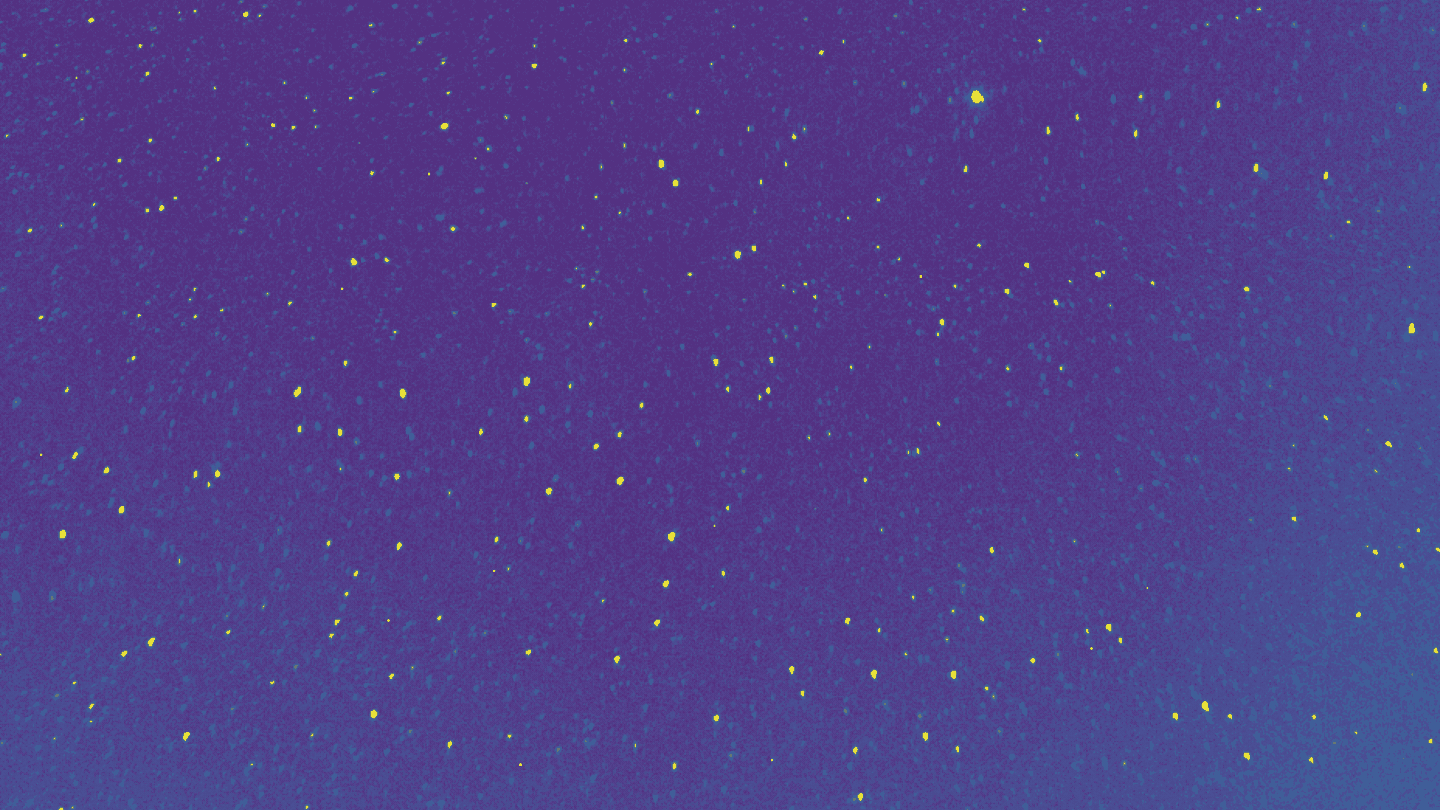
Cosmology
In an epic cosmology clash, rival scientists begin to find common ground
Different measurements of the cosmic expansion rate disagree. The James Webb telescope could determine whether that disagreement is real.
Every print subscription comes with full digital access

Different measurements of the cosmic expansion rate disagree. The James Webb telescope could determine whether that disagreement is real.

One of the best possible signs of extraterrestrial communication may have an astrophysical explanation — albeit a weird one.

Astronomers recently reported that the Milky Way star cluster Omega Centauri hosts an elusive type of black hole. A new study says it does not.

Star formation has ceased within at least 16 million light-years of the quasar. A similar phenomenon may have fried the Milky Way when it was young.

Butch Wilmore and Sunita Williams join more than a dozen astronauts who’ve been stranded in space by mechanics, weather or geopolitics since the 1970s.

Climate change is threatening Earth’s biodiversity banks. It might be time to build a backup on the moon.

A new survey of meteors that leave persistent trails found that speed and brightness don’t matter as much as atmospheric chemistry.

UFOs have been rebranded as UAPs (unidentified anomalous phenomena). Probably not aliens, they might impact national security and aircraft safety.

The discovery of 22,000 previously unseen moonquakes, plus a new idea of what causes them, could help us better prepare for trips there.

The NASA Mars rover examined a rock containing organic compounds and “leopard spots” that, on Earth, are associated with microbial life.
Subscribers, enter your e-mail address for full access to the Science News archives and digital editions.
Not a subscriber?
Become one now.